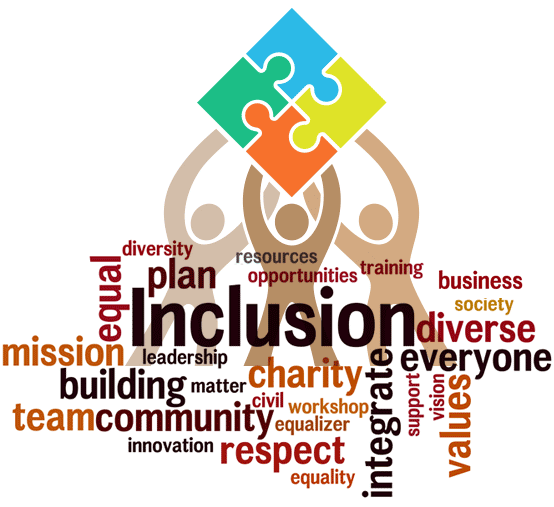
In today's society, it is crucial to ensure that every individual has equal access to quality education, including persons with disabilities. Unfortunately, many individuals with disabilities face various barriers that hinder their full participation in educational opportunities. To address this issue and promote inclusivity, specific policies and initiatives have been implemented to eliminate the exclusion of persons with disabilities from quality education.
One key policy that aims to promote inclusive education is the Individuals with Disabilities Education Act (IDEA). Enacted in the United States, IDEA ensures that students with disabilities are provided with free and appropriate public education tailored to their individual needs. This policy mandates the creation of Individualized Education Programs (IEPs) for each student with a disability, outlining specific educational goals, services, and accommodations to support their learning.
Another important policy is the Universal Design for Learning (UDL) framework, which advocates for creating flexible learning environments that can accommodate the diverse needs of all learners, including those with disabilities. UDL emphasizes the use of multiple means of representation, engagement, and expression to remove barriers to learning and provide equal access to educational content.
Furthermore, the Convention on the Rights of Persons with Disabilities (CRPD) is an international treaty that highlights the rights of individuals with disabilities to education. The CRPD promotes non-discrimination, equal opportunity, accessibility, and full inclusion in all aspects of society, including education. By ratifying and implementing the provisions of the CRPD, countries commit to ensuring that persons with disabilities are not excluded from quality education.
In addition to these policies, schools and educational institutions can implement specific strategies such as providing assistive technologies, offering teacher training on inclusive practices, and fostering a culture of respect and acceptance for diversity. By embracing inclusive education policies and practices, we can create a more equitable and accessible learning environment for all individuals, regardless of their abilities.
In conclusion, promoting inclusive education for persons with disabilities requires a concerted effort at the policy, institutional, and individual levels. By implementing inclusive policies like IDEA, UDL, and CRPD, along with practical strategies and supports, we can work towards eliminating exclusion and ensuring that every individual has the opportunity to receive a quality education. Let us strive to create an inclusive educational system that values and honors the unique abilities and contributions of all learners.
